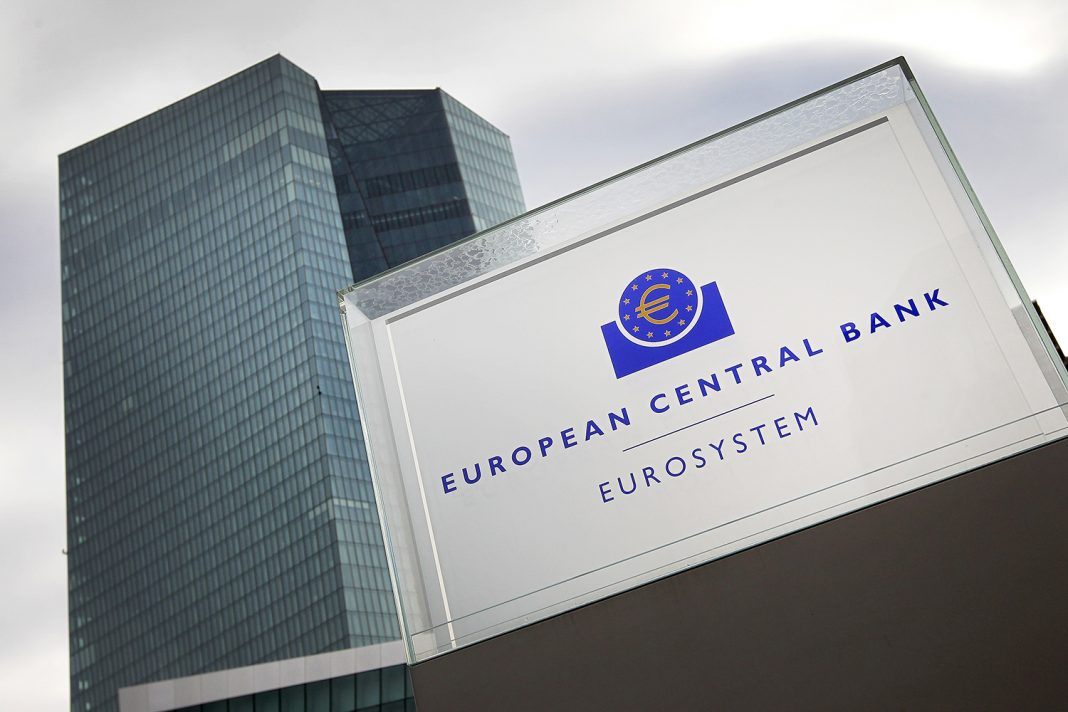The ECB revealed the account of its December monetary policy meeting today and added to the upside impetus in the euro. In the document, the regulator pointed to a solid upward movement in underlying inflation and to weak but stabilizing growth dynamics. At the same time, the central bank highlighted that monetary policy could be adjusted to reduce unwanted side effects. However, the euro shrugged off the remarks on the possibility of additional stimulus measures as traders focused on fairly upbeat comments on inflation and economy. Besides, monetary authorities noted that sentiment has improved over receding global trade tensions, which is also positive for euro bulls.
Earlier in the day, the official report showed that German consumer prices rise last month in line with expectations. Inflation picked up by 0.55 on a monthly basis and 1.55 compared with the same month a year earlier. Both figures came in line with forecasts. Meanwhile, the EU-harmonized index rose 0.6% and 1.5%, respectively.
Against this backdrop, EURUSD jumped to more than one-week highs around 1.1170, targeting the key 1.12 immediate resistance. The euro has been rising for a fourth out of five latest sessions and is on the way to recoup the recent losses, when the pair was rejected from above the 1.12 handle. Should dollar demand remain muted, the common currency will extend gains to this level. In this scenario, downside risks will recede substantially, and the short-term technical picture will improve further.
The additional support for the euro now comes from a positive risk sentiment after the signing of a phase one trade deal between the United States and China. At the same time, there is some skepticism surrounding the deal, as a lot of issues remain unresolved. By the way, according to the latest news, Chinese vice premier Liu He said it would be unwise to immediately start negotiations on a phase two deal. The fact that the two sides are not in a hurry to continue their negotiations could cool the current investor optimism and thus limit the upside impetus in the high-yielding euro in the short term.



























